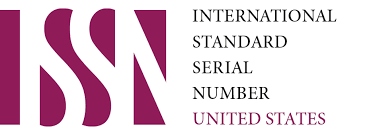A comparative study of the transitional velocity of the muscles of the legs among football players Volleyball and football players
Abstract
Summary: Due to the paramount importance of sport and due to the great demand of the world for it, many researchers resorted to developing it in many skills, qualities, players and games until sport became a broad science and was included in university study curricula, and it also has importance on the health of the practicing human.
As a result of the importance of these two games (football and volleyball) and the great demand for them, and finding some problems that players face while practicing these two sports, the researcher resorted to finding some problems regarding the (transitional speed) that he got to know through the performance of the players and the team while practicing these two sports and making a comparison between them in regards to (transitional velocity).
The researcher investigated and used tests and experiments to reach a comparison between the transitional speed of football players and volleyball players and falling on and strengthening weaknesses and strengths and enhancing them due to the importance of.
References
Abu Al-Ala Ahmed Abdel-Fattah and Ahmed Nasr Al-Din; Fitness Physiology: Cairo, Dar Arab Thought, 2003.
Zuhair Qassem al-Khashab and Muhammad Khader Asmar al-Hayani; Football: Mosul, 1st Edition, Dar Al-Kutub for printing and publishing, 1999.
Saad Muhammad and Louay Ghanem; Volleyball between theory and practice, Al-Mosul, Bassam Press, 1988.
Sareeh Abd al-Karim; The extent to which the distinctive force of speed affects the level of any achievement in the triple jump Master Thesis / College of Physical Education, University of Baghdad, 1986.
Qasim Hassan Hussein and Abd Ali Nassif; The Science of Sports Training, 2nd Edition: Mosul, Press Mosul University, 1987.
Downloads
Published
Issue
Section
License

This work is licensed under a Creative Commons Attribution-NonCommercial 4.0 International License.
User Rights
Under the Creative Commons Attribution-NonCommercial 4.0 International (CC-BY-NC), the author (s) and users are free to share (copy, distribute and transmit the contribution).
Rights of Authors
Authors retain the following rights:
1. Copyright and other proprietary rights relating to the article, such as patent rights,
2. the right to use the substance of the article in future works, including lectures and books,
3. the right to reproduce the article for own purposes, provided the copies are not offered for sale,
4. the right to self-archive the article.













